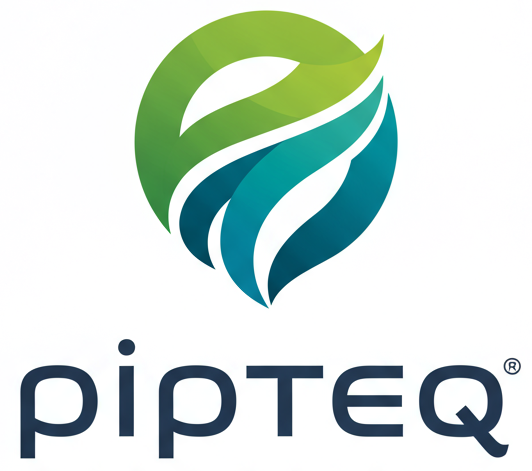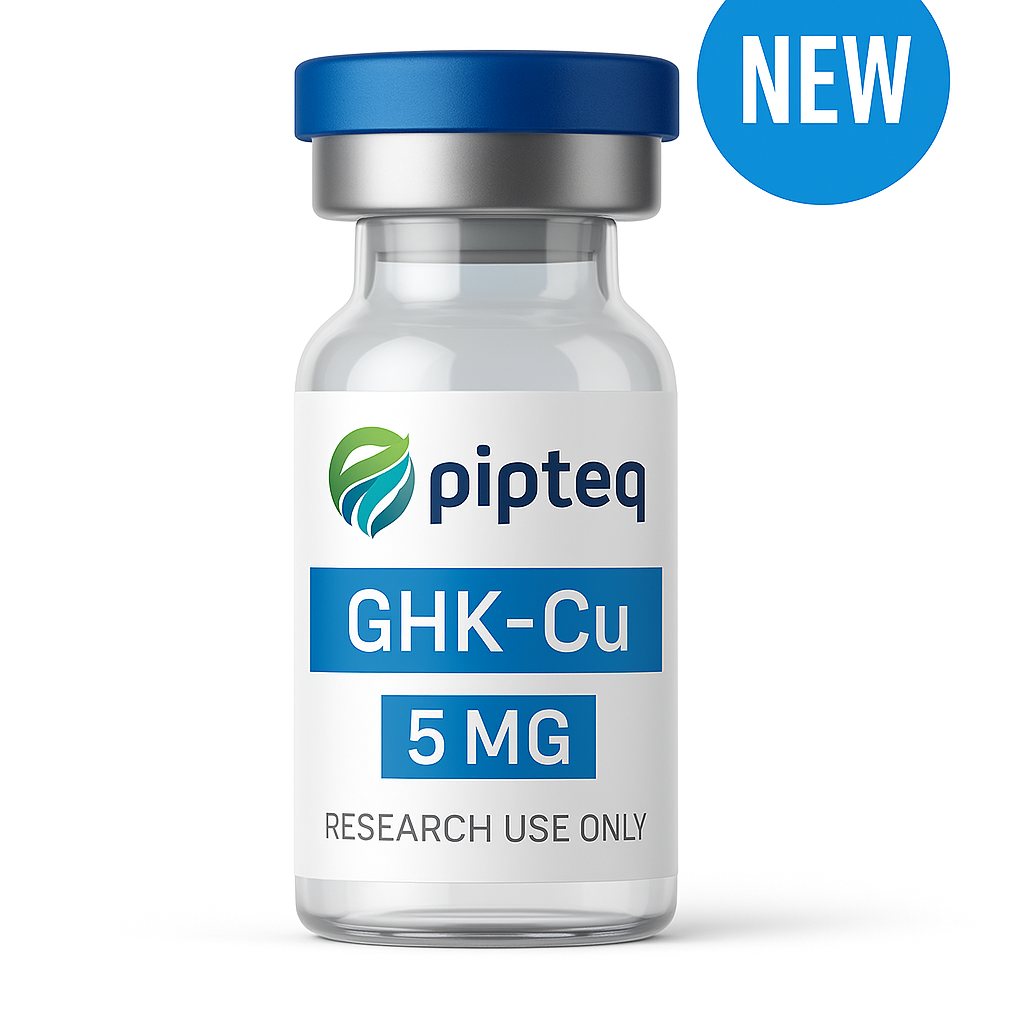✨ GHK-Cu Peptide: The Copper Complex Behind Regeneration, Repair & Radiant Skin
When it comes to peptides that truly deliver visible transformation, GHK-Cu stands at the top. This naturally occurring copper-binding tripeptide plays a vital role in skin regeneration, wound healing, hair restoration, and even anti-inflammatory immune modulation.
With decades of scientific research behind it, GHK-Cu is one of the most respected and widely studied peptides in cosmetic dermatology and regenerative medicine.
🔬 What Is GHK-Cu?
GHK-Cu is short for Glycyl-L-histidyl-L-lysine: Copper(II) complex. Discovered in 1973 by Dr. Loren Pickart, GHK-Cu is a naturally occurring peptide found in human plasma, saliva, and urine, and it decreases with age.
This powerful molecule:
- Binds to copper ions, transporting them into cells
- Stimulates collagen and elastin production
- Repairs DNA damage
- Reduces inflammation
- Supports stem cell activation
It’s widely used in anti-aging skincare products, hair serums, and peptide therapy protocols for healing and rejuvenation.
✅ Key Benefits of GHK-Cu (Research-Based)
🧬 Skin Regeneration & Anti-Aging
Promotes collagen, elastin, and glycosaminoglycan production—resulting in firmer, smoother, younger-looking skin.
💉 Wound Healing & Tissue Repair
GHK-Cu speeds up tissue regeneration and has been shown to reduce scar formation in burns, cuts, and ulcers.
🧠 Anti-Inflammatory & Immune Modulation
Suppresses inflammatory cytokines and activates antioxidant pathways, supporting recovery from systemic stress.
💇♂️ Hair Growth Support
Topical GHK-Cu has shown promise in stimulating dormant hair follicles, increasing hair thickness, and improving scalp health.
🧪 Anti-Tumor & DNA Repair Effects
Some studies have shown GHK-Cu restores gene expression in aged cells and may reverse signs of cellular senescence.
🧪 How GHK-Cu Works
GHK-Cu binds to copper(II) ions, delivering them into tissues where they:
- Promote angiogenesis (formation of new blood vessels)
- Stimulate the synthesis of structural proteins
- Activate healing genes
- Reduce oxidative stress
- Improve skin firmness and elasticity
Unlike many synthetic compounds, GHK-Cu works in harmony with the body’s natural healing systems, making it gentle yet powerful.
🧴 How GHK-Cu Is Used
✅ Topical Use (Most Common)
- In serums, creams, and gels for anti-aging, scarring, or post-procedure skin repair
- Daily application over 4–12 weeks for visible results
💉 Injectable or Microneedling (Advanced Use)
- Used in professional peptide clinics or skin rejuvenation centers
- Combined with microneedling or mesotherapy for enhanced delivery
💇♀️ Hair Care Products
- Found in hair growth serums targeting androgenic alopecia and thinning
⚠️ Note: Injectable GHK-Cu is intended for research use only.
📚 Reference Links for Further Reading
- 🔗 PubMed – GHK-Cu & Skin Remodeling
- 🔗 Dr. Pickart’s Official Research Site
- 🔗 Peptide Sciences – GHK-Cu Product
- 🔗 SwissChems – GHK-Cu 50mg Vial
- 🔗 ScienceDirect – Peptide-Copper Complexes in Healing
- 🔗 SelfHacked – GHK-Cu Overview
📊 GHK-Cu vs Other Skin-Aging Peptides
| Peptide | Primary Action | Best For |
|---|---|---|
| GHK-Cu | Skin repair, anti-aging | Wrinkles, scars, hair, inflammation |
| Matrixyl | Collagen stimulation | Fine lines and deep wrinkles |
| Argireline | Muscle relaxation | Botox-like smoothing |
| BPC-157 | Deep wound healing | Internal tissue, inflammation |
🛒 Where to Buy GHK-Cu (Research Grade or Cosmetic Use)
- 🔗 Peptide Sciences – GHK-Cu 50mg
- 🔗 SwissChems – Copper Peptide Complex
- 🔗 Pipteq™ – Premium UK Peptides (Coming Soon)
- 🔗 Dr. Pickart’s Skin Biology – Cosmetic GHK-Cu
🚀 Conclusion: Is GHK-Cu the Ultimate Regeneration Peptide?
If you’re researching anti-aging, skin renewal, or wound recovery, few peptides match the profile of GHK-Cu. With over 40 years of study and application, it’s a proven, multi-functional molecule that speaks the language of cellular healing and regeneration.
For researchers, clinicians, and skincare innovators, GHK-Cu is a must-have in the peptide toolkit.

